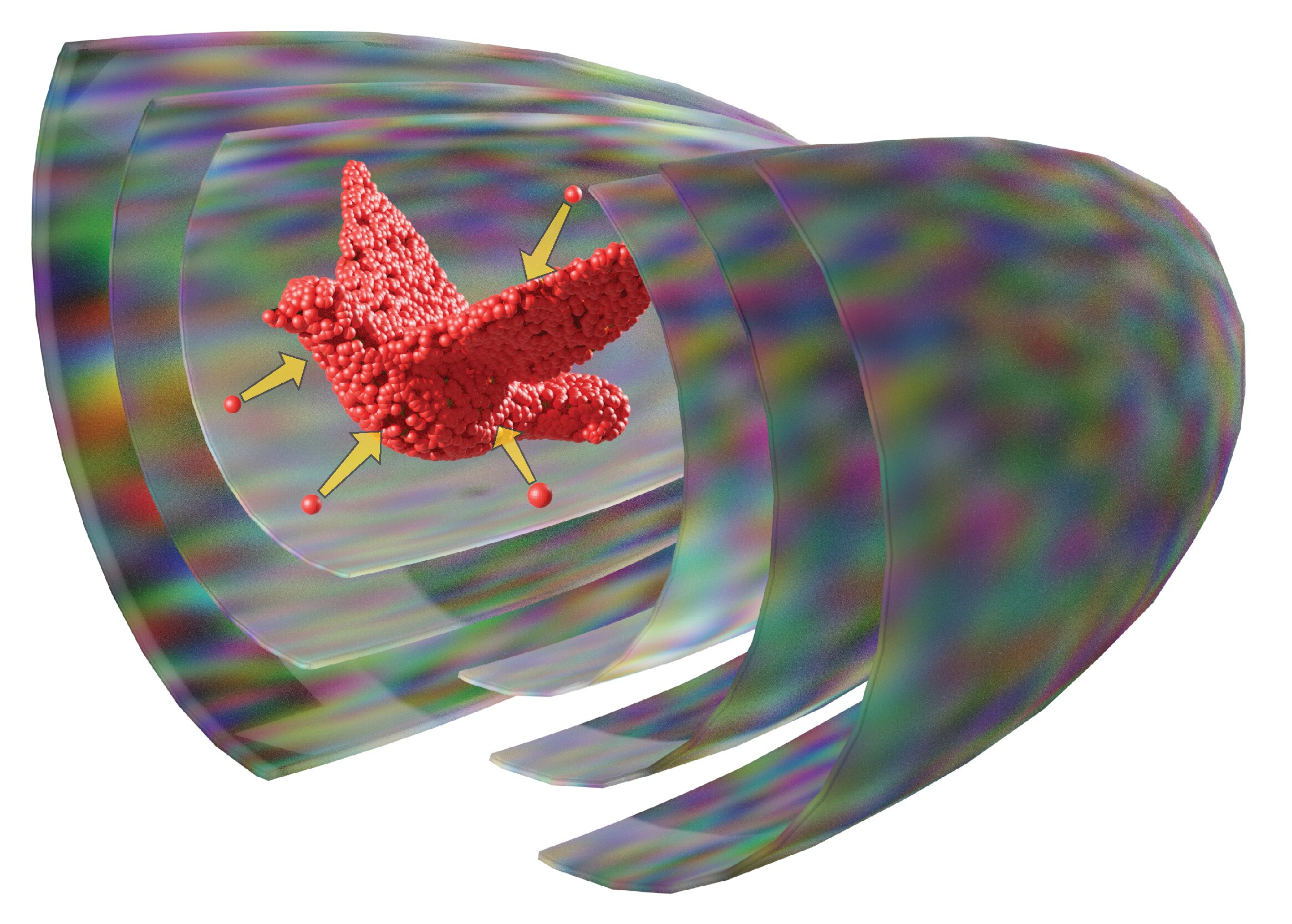
Scientists from the Micro, Nano and Molecular Systems Lab at the Max Planck Institute for Medical Research and the Institute for Molecular Systems Engineering and Advanced Materials at Heidelberg University have created a new technology to assemble matter in 3D. Their concept uses multiple acoustic holograms to generate pressure fields with which solid particles, gel beads and even biological cells can be printed.
These results pave the way for novel 3D cell culture techniques with applications in biomedical engineering. The results of the study were published in the journal Science Advances.
Additive manufacturing or 3D printing enables the fabrication of comp...
Read More








Recent Comments